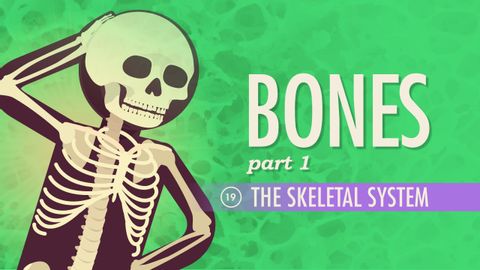
字幕と単語
骨格システムクラッシュコース A&P #19 (The Skeletal System: Crash Course A&P #19)
00
bsofade が 2021 年 01 月 14 日 に投稿保存
動画の中の単語
process
US /ˈprɑsˌɛs, ˈproˌsɛs/
・
UK /prə'ses/
- v.t.(コンピュータの)データを処理する;処理する;処理する;一連の工程を経る;加工する : 加工処理する;理解する
- n. (c./u.)手続き;一連の行為;方法;訴訟手続き;プロセス (コンピューター)
A2 初級TOEIC
もっと見る stress
US / strɛs/
・
UK /stres/
- v.t.強勢を置く : アクセントをつける;(人 : ものに)圧力をかける;強く主張する
- n. (c./u.)アクセント;ストレス;ストレス
- v.i.ストレスを感じる : 気に病む
A2 初級TOEIC
もっと見る space
US / spes/
・
UK /speɪs/
- n. (c./u.)(特定の用途の)空き場所 : スペース;空いた場所;宇宙;余白
- v.t.(距離 : 時間に一定の)間隔をあける
A1 初級TOEIC
もっと見る エネルギーを使用
すべての単語を解除
発音・解説・フィルター機能を解除
